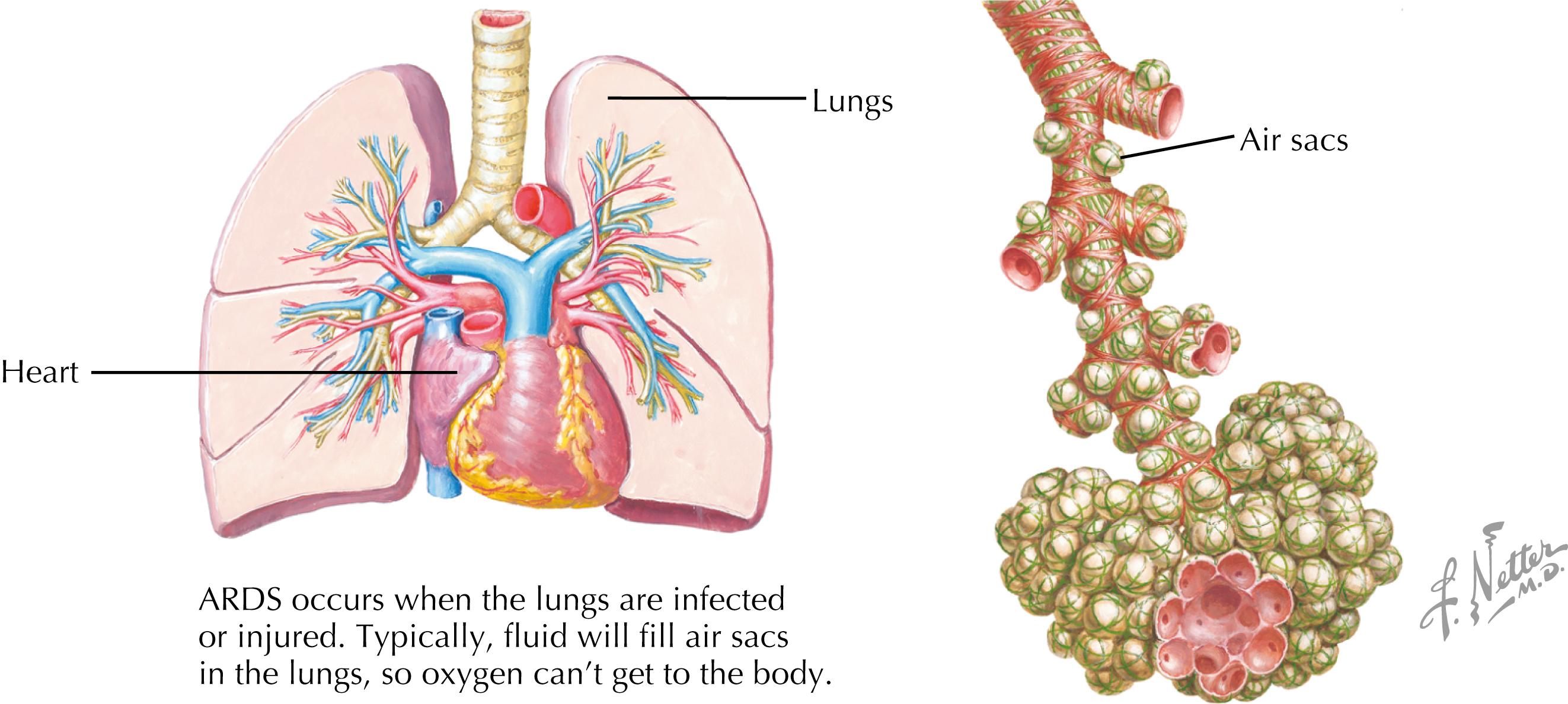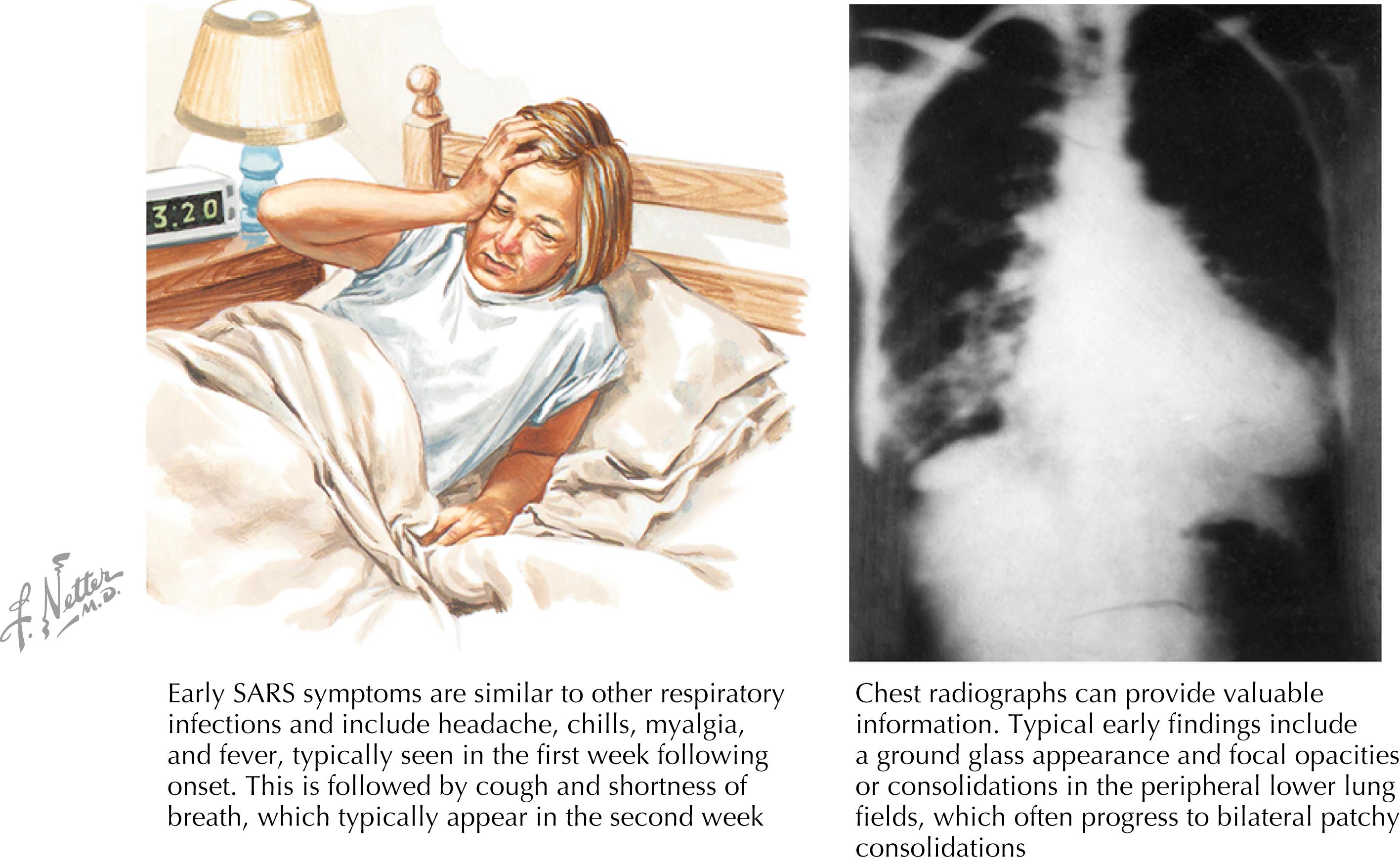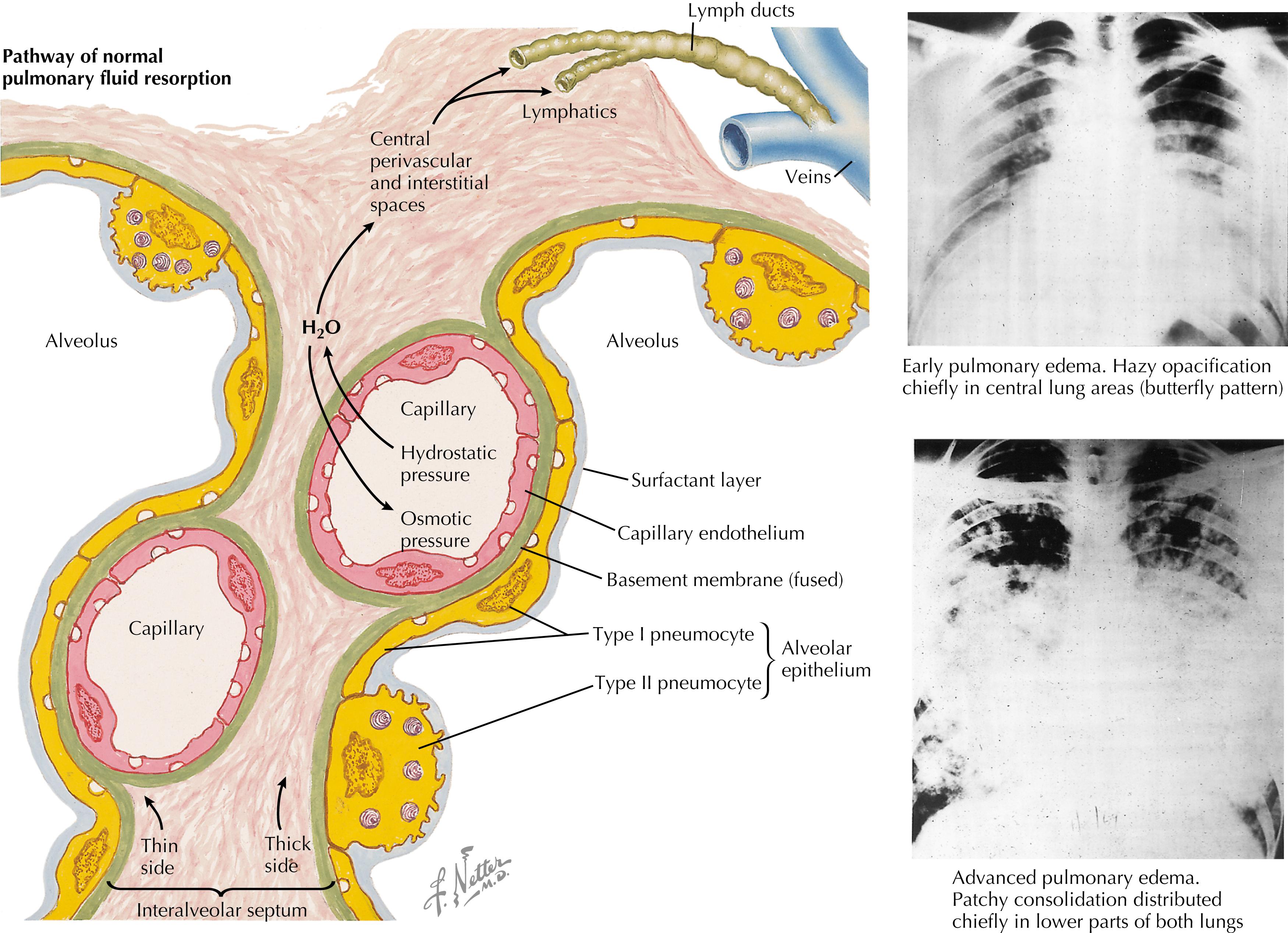Physical Address
304 North Cardinal St.
Dorchester Center, MA 02124
The previous edition of this chapter was written by Dr. Eileen Schneider.
Within the past 20 years, three novel coronaviruses have emerged from the animal kingdom to infect humans, with devastating disease and economic consequences. They were severe acute respiratory syndrome–coronavirus disease (SARS-CoV), Middle East respiratory syndrome (MERS), and SARS-CoV-2 (COVID-19). This chapter discusses SARS-CoV and introduces readers to the currently emerging SARS-CoV-2 (COVID-19). MERS is discussed in Chapter 96 . Severe acute respiratory syndrome (SARS) first appeared in November 2002 and ultimately resulted in 8096 probable human infections and 774 deaths worldwide. By July 2003, the global outbreak had been declared over. A new coronavirus, SARS-associated coronavirus (SARS-CoV), was identified as the causative agent; this virus has been shown to have jumped from bats to humans, although initially palm civets and raccoon dogs were suspected to be the animal reservoirs. The global response to the outbreak was extensive. Within a short period, the pathogen had been identified, new diagnostic tests had been developed, surveillance systems were created, infection control and prevention measures were instituted, and transmission among humans was stopped. A few community transmission events occurred, including the Amoy Gardens housing complex incident, which is important because this outbreak provided evidence for airborne transmission. It was unclear if and when person-to-person SARS-CoV transmission would reappear. Procedures were established by public health organizations, including the World Health Organization (WHO) and the US Centers for Disease Control and Prevention (CDC), to help guide diagnosis, reporting, surveillance, and prevention of future pandemics.
A 65-year-old man presented to the emergency department with the complaint of a 7-day history of fever, malaise, and myalgia that had considerably worsened within the last day to include dyspnea and a nonproductive cough. His medical history was significant for diabetes, for which he currently takes metformin 500 mg PO bid; his most recent hemoglobin A1c was 7.1. He reports having recently returned from a trip to China, during which he visited a relative in a hospital and went to several wild animal markets. His vital signs were significant for fever, with a temperature of 102.1°F, tachypnea, a respiratory rate of 22 breaths/min, and oxygen saturation on room air of 91%. Physical examination revealed a generally ill-appearing man with inspiratory crackles heard at the lung bases. Chest radiography revealed diffuse interstitial infiltrates. Laboratory evaluation was significant for an elevated lactate dehydrogenase (LDH) of 943 IU/L and leukopenia, with a white blood cell (WBC) count of 3.3 × 10 9 /L. Initial evaluation of sputum showed mixed oral flora and scant WBCs on Gram stain, and no bacterial pathogens were isolated from culture; a respiratory panel polymerase chain reaction (PCR) assay did not reveal the etiology of the patient’s symptoms. He was admitted to the hospital and treated as a case of community-acquired pneumonia; however, on hospital day 2 the patient decompensated further, requiring admission to the intensive care unit (ICU) and ventilatory support. Owing to the patient’s travel history and lack of a definitive diagnosis, local health authorities considered SARS-CoV as a potential etiology. Reverse-transcriptase PCR (RT-PCR) analysis confirmed the diagnosis of SARS. Over a period of 2 weeks, the patient’s clinical condition further deteriorated, ultimately resulting in the patient’s death on hospital day 17. Robust contact tracing and quarantine practices were implemented by the local public health authorities and no further cases of SARS in the local community were identified.
In 2002 and 2003, a previously unknown infectious agent caused a widespread, global outbreak of life-threatening respiratory infections. The disease emerged as an outbreak of atypical pneumonia of unknown etiology in November 2002 in Foshan City, Guangdong province, China. The illness was first officially reported to the WHO in February 2003. In mid-March 2003, the WHO issued an alert calling attention to several outbreaks of severe atypical pneumonia in Hong Kong, Hanoi, and Singapore. Many of the initial SARS infections were traced to a guest staying at a Hong Kong hotel, and global spread occurred quickly, with multiple outbreaks reported in China, Southeast Asia, Europe, and North America. The illness was labeled SARS by the WHO on March 15, 2003. By mid-April 2003, the causative agent had been identified as a novel coronavirus, SARS-CoV.
An unprecedented global outbreak response (including the implementation of surveillance systems, epidemiologic studies, appropriate infection control measures, and development of laboratory diagnostics) was swiftly initiated. In July 2003, the WHO announced that the SARS outbreak was over. Although a few laboratory-associated SARS infections were reported in Asia after that, no infections have been reported worldwide since early 2004. Almost all persons with SARS were reported from China, Hong Kong, Taiwan, Singapore, or Toronto; as of December 2003, the WHO had received reports of SARS from 29 countries and regions: this meant a total of 8096 persons with probable SARS, resulting in 774 deaths, and a case-fatality rate of 9.6%. In the United States, 8 infections were documented by laboratory testing, and an additional 19 probable infections were reported. The syndrome arose and vanished within several months, and it is unclear when or if SARS will reemerge.
Coronaviruses are enveloped, single-stranded positive strand ribonucleic acid (RNA) viruses that infect a wide spectrum of mammals and birds. There are three coronavirus groups: groups I and II affect mammals and group III affects birds. In humans, coronaviruses are primarily associated with upper respiratory infections. Prior to 2003, only two coronaviruses were known to cause human disease, which typically presented as mild cold-like syndromes, with more severe disease in the elderly and immunosuppressed. During the 2002–2003 SARS outbreak, several strains of a coronavirus unrelated to previously described coronaviruses were identified and isolated from clinical samples, including respiratory secretions, urine, and autopsy tissues. This new virus was identified as a novel group II coronavirus and named SARS-associated coronavirus.
Studies of animal ecology and virus evolution have revealed that SARS-CoV–like viruses are present in a variety of animal species including bats and animals commonly traded at live animal markets in southern China (e.g., masked palm civet, raccoon dog, red fox). At this time, it is unclear if these animals are susceptible hosts or carriers of SARS-CoV, but recent research indicates that the masked palm civet probably served as intermediate host between bats and humans during the 2002–2003 outbreak. Sequence analyses of SARS-CoV have shown that SARS-CoV–like viruses that infect masked palm civets are very similar (genome identity >99.6%) to the SARS-CoV that infected humans in the 2002–2003 SARS outbreak, suggesting that the virus had only recently circulated in the masked palm civet. The increased prevalence of SARS-CoV immunoglobulin G (IgG) antibodies among animal traders compared with a control group (13% vs. 1% to 3%) further supports this theory. In addition, the absence of SARS-CoV antibodies in the general population without clinical evidence of SARS suggests that SARS-CoV did not circulate widely before the 2002–2003 SARS outbreak.
The estimated incubation period for SARS is 2 to 10 days (median 5 to 6 days). The virus is detected at low levels in respiratory secretions during the initial days after the onset of illness, and peak viral levels occur during the second week of illness (e.g., 10 days). The primary route of SARS-CoV transmission is via the respiratory tract; during close contact with an infected patient, respiratory droplets may come into contact with one’s mucous membranes either directly or indirectly through contaminated fomites. Studies have determined that SARS-CoV can remain stable on environmental surfaces for several days, although the virus can easily be inactivated by disinfectants. The virus has been isolated from respiratory secretions, saliva, tears, urine, and stool. Viral shedding generally does not persist beyond 4 weeks except in stool, in which the virus can be detected by reverse transcription-polymerase chain reaction (RT-PCR) for longer than a month. Isolation of the virus more than a month after the onset of illness is rare. Virus detection in nasopharyngeal specimens using quantitative RT-PCR found that the level typically peaks during the second week of illness, often when severely ill patients are seeking medical care. As patients improve clinically and the viral load decreases, transmission of the virus also decreases. Unlike other respiratory viral infections, such as influenza, transmission before symptom onset has not been reported. During the SARS outbreak, transmission occurred primarily in hospitals, less so within households, and to an even lesser extent within communities.
The most significant risk factors for a diagnosis of SARS were related to increased exposure to SARS-CoV; one of the highest risk groups was healthcare workers; 21% of all reported SARS-CoV infections occurred in this population. Nosocomial transmission of SARS-CoV was common early in the outbreak but subsequently decreased significantly as a result of early diagnosis and the reinforcement of infection control practices. Nosocomial spread is theorized to occur via aerosolization during patient procedures such as intubation and bronchoscopy. Transmission has also been documented on an airplane, in an apartment complex (probably secondary to faulty plumbing and aerosolization of fecal matter), and among laboratory workers handling SARS-CoV. Transmission of the virus has not been reported via food- or waterborne sources or from an infected patient whose fever had resolved more than 14 days previously.
As seen with other infectious diseases, environmental and host factors influence the risk of transmission. Although the virus was initially thought to be highly infectious, the rate of secondary transmission of SARS-CoV is estimated to be low to moderate. Transmission modeling studies have estimated that each patient will infect an average of three persons. However, some SARS-infected patients designated as “superspreaders” have been documented to have very high secondary transmission rates (infecting an average of 36 contacts [range 11 to 74]), a phenomenon not unique to SARS. Transmission of SARS-CoV by superspreaders primarily occurred in hospital settings and was associated with a greater number of close contacts, delayed diagnosis, older age, more severe illness, and poor infection control practices.
Risk factors for poor outcomes in those infected with SARS-CoV include advanced age, comorbid conditions (i.e., diabetes, chronic hepatitis B, and other immunosuppressive conditions), atypical symptoms, elevated serum LDH at the time of hospital admission, and the presence of high viral SARS-CoV viral loads in nasopharyngeal secretions.
Among symptomatic patients, all have one of the following three key symptoms: fever (80%), cough (84%), and shortness of breath (82%), with 45% of symptomatic patients having all three of these symptoms. However, severity of disease among SARS patients varies from asymptomatic infection to fatal acute respiratory distress syndrome (ARDS) ( Fig. 95.1 ). Seroprevalence surveys have documented asymptomatic infection, especially among animal traders in Guangdong, China. Overall, however, asymptomatic or mild disease is relatively uncommon in SARS (<1%), which is different from COVID-19 infection.

SARS affects persons of all ages; however, most infections occur among adults (median age approximately 59 years). Infections among children, especially those younger than 12 years of age, are uncommon. The disease is considerably less severe among children than it is in adults, and the outcome is much more favorable. Infections during pregnancy have been documented, with an increased risk of spontaneous abortion, preterm labor, severe pulmonary disease, and death. No reports of perinatal transmission have been noted.
The initial symptoms of SARS are nonspecific and consistent with an influenza-like illness. A prodrome that includes fever, headache, chills, rigors, malaise, and myalgias occurs approximately 1 to 2 days after exposure ( Fig. 95.2 ). Nearly all patients report fever (with temperatures frequently exceeding 101°F), which typically precedes other prodromal symptoms but can also occur after the prodrome. The elderly and those with a history of chronic comorbid conditions, such as diabetes mellitus or chronic renal failure, may have atypical presentations (e.g., lack of fever).

SARS primarily affects the pulmonary system, and respiratory symptoms (typically including nonproductive cough and shortness of breath) appear more often during the second week of illness. The SARS surface spike (S) glycoprotein binds to human angiotensin-converting enzyme 2, found in the lower respiratory tract rather than the upper respiratory tract; this explains the distribution of pulmonary symptoms. In one reported patient series, gastrointestinal symptoms, primarily diarrhea, were prominent (73%), with high-volume diarrhea occurring in the second week of illness. In a separate report, diarrhea, nausea, and vomiting were less common (<25%). Mucus and blood in stool are uncommon, and the diarrhea is often self-limiting. Lymphadenopathy, rhinorrhea, sore throat, rash, and purpura are unusual.
In persons with SARS, inspiratory crackles at the lung bases and, less commonly, wheezing may be noted on auscultatory examination. Initially a consistent finding is the paucity of auscultatory findings relative to the degree of abnormality displayed on chest radiographs. By the second week of illness, clinical deterioration may occur, with pneumonia and hypoxemia necessitating hospitalization. During the 2002–2003 outbreak, respiratory failure and ARDS were the most common reasons for admission to an ICU. In several studies, approximately 20% to 30% of patients hospitalized with SARS were admitted to an ICU; about 75% of ICU patients required mechanical ventilation.
In up to 30% of patients, initial chest radiographic findings may be unremarkable or indistinguishable from those of other causes of infectious pneumonia. However, serial chest radiographs and high-resolution computed tomography (CT) may offer valuable information during the evaluation of a patient with suspected SARS, as abnormalities appear in a large proportion of patients by days 7 to 10 of illness. Typical chest radiographs have a ground-glass appearance with focal opacities or consolidation in the peripheral lower lung fields; these focal findings often progress to bilateral patchy consolidation (see Fig. 95.2 ). Peripheral lung involvement was a very common finding in most case studies of the 2002–2003 outbreak; pulmonary cavitation, hilar lymphadenopathy, nodular infiltrates, and pleural effusion were unusual ( Fig. 95.3 ).

Evidence of extrapulmonary dissemination of SARS-CoV can be found by laboratory and pathologic diagnostic methods. The virus has been detected in several extrapulmonary organs, including the gastrointestinal tract, kidneys, liver, and spleen. Studies to improve our understanding of SARS pathogenesis and the immune response are ongoing.
Become a Clinical Tree membership for Full access and enjoy Unlimited articles
If you are a member. Log in here